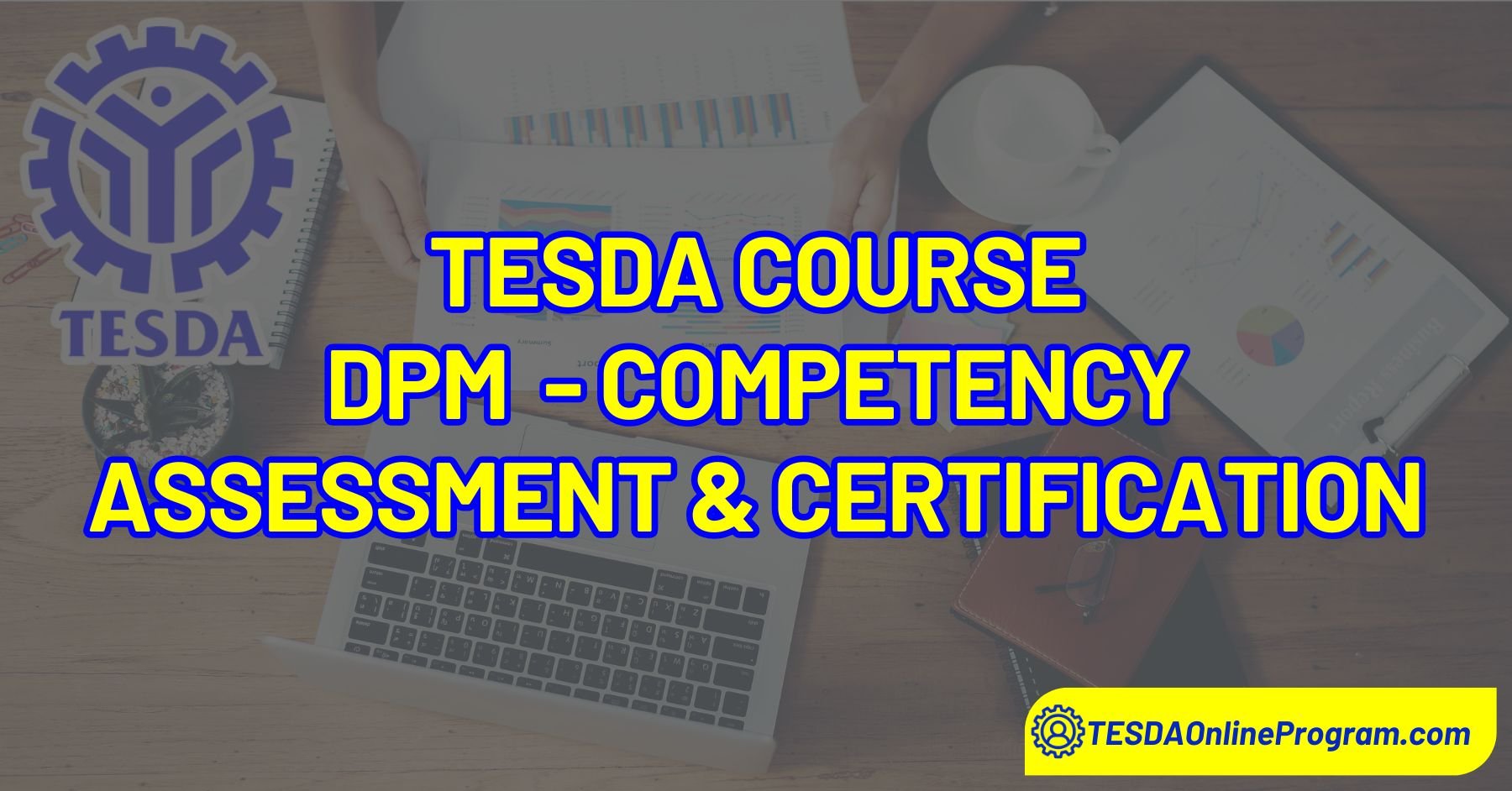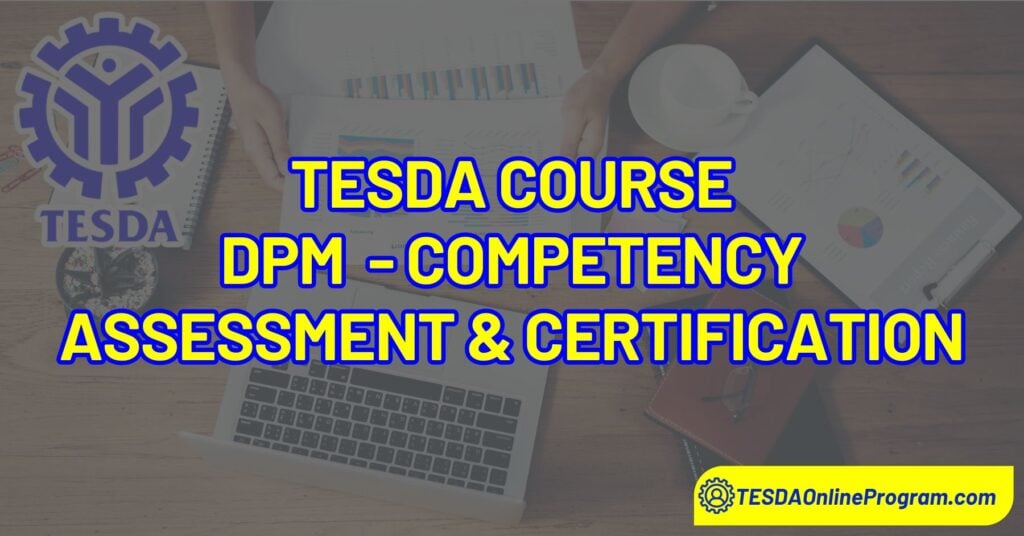The Telecom OSP and Subscriber Line Installation (Copper Cable/POTS and DSL) NC II course offered by TESDA equips individuals with the essential skills needed for copper cable splicing, outside-plant (OSP) installation, and setting up subscriber lines for Plain Old Telephone Systems (POTS) and Digital Subscriber Lines (DSL). This program is designed for those who want to gain practical competencies in telecom infrastructure, covering everything from hardware installation to troubleshooting.
Also read: TESDA Electric Power Distribution Line Construction NC II Course
Through this course, participants will learn how to install pole hardware, cable terminals, line wires, and accessories, as well as handle main copper cable splicing for aerial or underground setups. It also covers basic fault correction and the installation of both POTS and DSL subscriber lines, ensuring that graduates are ready to meet the demands of the telecom industry.

Course Description
This course equips learners with the skills and knowledge needed to work as a Copper Cable Splicer/Jointer and Telephone and Broadband Installer. It covers key competencies like installing pole hardware, cables, and accessories; splicing copper cables; troubleshooting cable faults; and setting up digital subscriber lines and telephone systems, all aligned with industry standards.
Units of Competency
The units of competency comprising this qualification include the following:
BASIC COMPETENCIES
- Participate in workplace communication
- Work in team environment
- Practice career professionalism
- Practice occupational health and safety procedures
COMMON COMPETENCIES
- Apply Quality Standards
- Operate a Personal Computer
CORE COMPETENCIES
- Install pole hardware, cable terminal, line wire and accessories
- Perform main cable installation
- Splice/Joint cable terminal to main aerial and/or underground copper cable splice
- Perform basic troubleshooting and correction of cable fault and error
- Install POTS subscriber line
- Install Digital Subscriber Line (DSL)
Sample of Certificate of Completion

Career Opportunities
A person who has achieved this qualification is competent to work as:
- Telephone and Broadband Technician
- Copper Cable Technician
Training Duration
- 16 hours – Basic Competencies
- 16 hours – Common Competencies
- 448 hours – Core Competencies
- 160 hours – In-School Training
- 288 hours – Supervised Industry Training (SIT) in an actual work environment
Total: 480 hours
Qualifications
Trainees who wish to enroll in the course must meet the following requirements:
- Ability to communicate effectively in both oral and written language.
- Proficiency in performing basic mathematical computations.
- Physical and mental fitness to undergo training.
Additional institutional requirements, such as educational attainment, relevant work experience, or others specific to the school or training center delivering the TVET program, may also apply.
Requirements
To enroll in this course, you will need the following documents:
- PSA Birth Certificate
- High School or College Diploma
- Certified True Copy of Official Transcript of Records or Form 137
- Certificate of Good Moral Character or GMRC
- 1 x 1 and/or 2 x 2 pictures
To obtain further details, please reach out to the enrollment site that aligns with your requirements. Kindly note that the criteria may vary.
Trainer Qualifications
- Must hold a Telecom OSP and Subscriber Line Installation (Copper Cable/POTS and DSL) NC II certification or equivalent.
- Must possess a National TVET Trainers Certificate Level I.
- Must have at least 5 years of relevant industry experience.*
- Must be physically and mentally fit.
*Optional: Applicable only when required by the hiring institution.
Frequently Asked Questions
1. What is the difference between POTS and DSL?
A: POTS are traditional landlines using analog signals for calls, while DSL provides high-speed internet via digital signals over phone lines.
2. Is this course only for those interested in working with copper cables?
A: While this course primarily focuses on telecom OSP installation using copper cables, it also covers setting up POTS and DSL subscriber lines. Therefore, it is suitable for individuals who want to gain skills in both areas.
3. How long does it take to complete this course?
A: The Telecom OSP and Subscriber Line Installation NC II training lasts 480 hours, including in-school and industry training, but may vary based on the trainee’s pace.
4. Can I still enroll if I do not have any prior technical knowledge or experience?
A: Yes, the course is open to anyone with basic communication and math skills who meets TESDA’s requirements. Our trainers will help you gain the needed competencies.
5. Are there opportunities for employment after completing this course?
A: Yes, graduates of this program can work as Telephone and Broadband Technicians or Copper Cable Technicians. With the demand for telecommunication services continuously increasing, there are ample job opportunities in this field.
Also read: TESDA Transmission Line Installation and Maintenance Courses
Summary
The Telecom OSP and Subscriber Line Installation (Copper Cable/POTS and DSL) NC II course offered by TESDA equips individuals with the essential skills needed for copper cable splicing, outside-plant (OSP) installation, and setting up subscriber lines for Plain Old Telephone Systems (POTS) and Digital Subscriber Lines (DSL). Participants will learn how to install pole hardware, cable terminals, line wires, and accessories, as well as handle main copper cable splicing for aerial or underground setups. This course is designed to meet industry standards and prepare graduates for a career in the telecom industry





